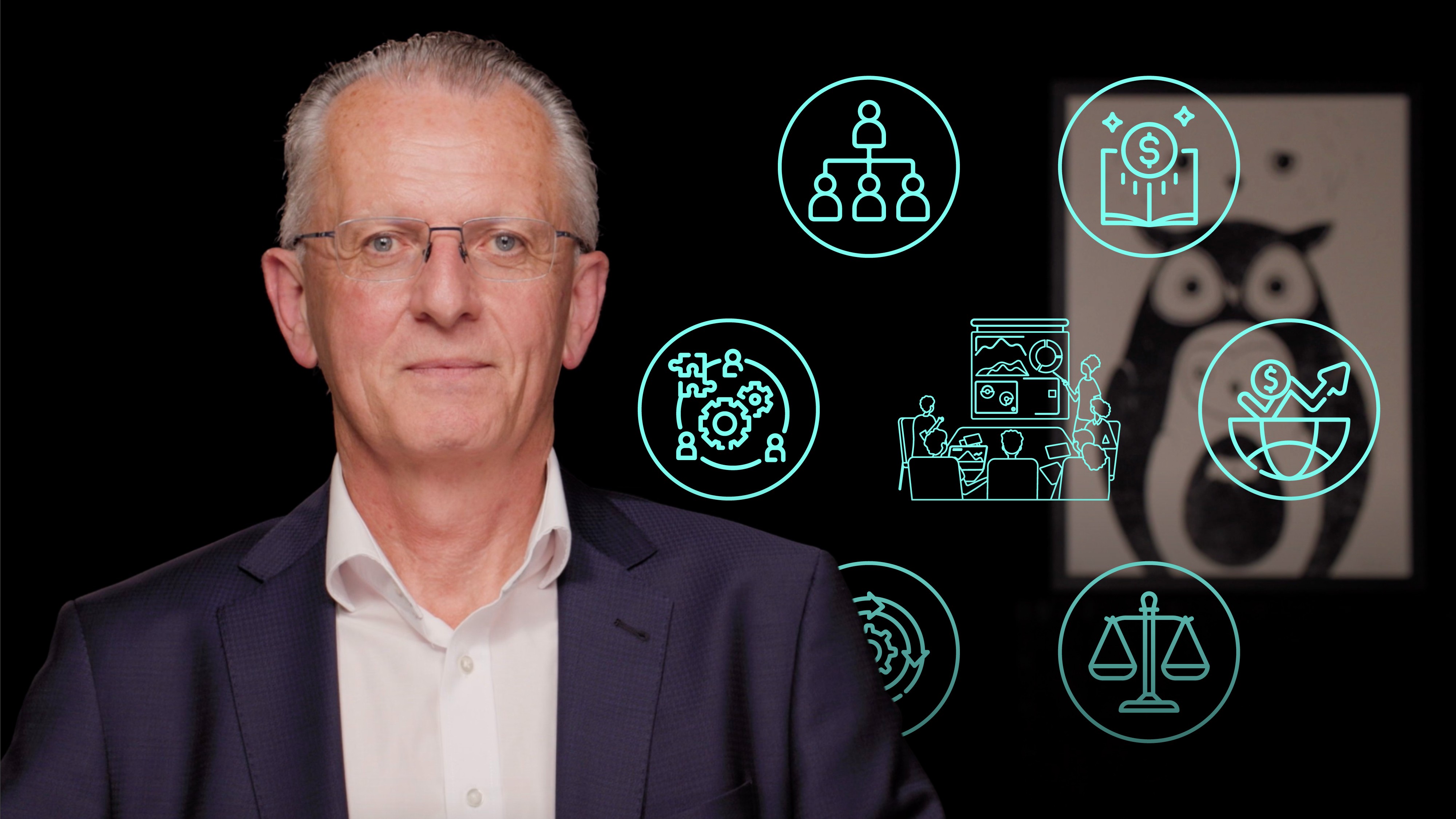
Equity Investor Relations and Debt Investor Relations

Ronan White
40 years: Capital markets and investor relations
In this video, Ronan explores the nature of equity IR and debt IR, as well as examines the specific goals and objectives of each. He further explains the differences between the two.
In this video, Ronan explores the nature of equity IR and debt IR, as well as examines the specific goals and objectives of each. He further explains the differences between the two.

Equity Investor Relations and Debt Investor Relations
12 mins 27 secs
Key learning objectives:
Understand the goals and responsibilities of Equity IR
Understand the goals and responsibilities of Debt IR
Overview:
Investors engage with companies either by investing in a company’s stock or lending money to an entity. IR has evolved into 2 separate headings - Equity IR and Debt IR. Each has a different investment focus, managed by different portfolio managers.
What are the main roles and responsibilities of Equity IR?
The role of Equity IR is to lead and coordinate the whole communication process around corporate investments, providing the market with expected outcomes. They ensure that accurate and timely information is provided to the current stakeholders, inform brokers, analysts about results, and the corporate story, or event such as a business acquisition. Key feature of the IR team’s work is assessing and challenging analyst’s models and predictions. Ahead of a new share issue, equity IR aims to achieve a reasonable level of liquidity in the company’s equity, a stable share price and a balanced investor listing. Ultimate goal is to increase demand for the company’s stock and achieve a market valuation that reflects the fundamental value of the company.
What are the additional responsibilities and engagement of equity IR?
Other tasks include gathering investor feedback, peer analysis and meeting regulatory requirements. This is achieved by coordinating people , events and engagement with the C-Suite members. Equity IR also ensures Capital Market Days, conference presentations and roadshow events all run smoothly. A competent and credible IR team enhances their ability to establish and maintain good relationships with the financial community.
History of debt IR and need for it
Debt IR has been slower to evolve as companies were initially less interested in the holders of their debt or had insufficient debt issued. Debt IR developed out of increased capital markets funding activity by banks, large corporates and increased engagement with fixed-income investors. The need for and interaction with debt investors became evident.Debt investors focus on the bond issuer’s ability to service debt in a timely fashion. Debt investments are made by teams with interests in matters such as:
- Public transactions in benchmark size
- Private placements
- Secured and/or unsecured transactions
- Shorter term liquidity management
- Duration investment
- Structured credit including securitisations
- Capital instruments such as AT1 (additional tier 1) or T2 (tier 2)
There are no set rules around the establishment of a formal debt IR initiative.
What are the main goals and responsibilities of debt IR function?
Specific goals for debt IR include opening new debt investor markets, growing relationships with institutional investors, ensuring sustained market access for repeat debt issuance. Other objectives for debt IR include maintaining relationships with ratings agencies, investor feedback and sentiment to the board and measuring the company’s debt programmes against those of its peers.
Engagement of debt IR
Generally there is less C-suite engagement in Debt IR and events such as capital markets days may be run along with the equity IR team. Debt IR’s positioning and reporting lines determine the people involved and the nature of their involvement. Typically, the executive team engagement in debt IR includes Senior Management, Treasurer, CFO, IR Officers and Funding Programme Management specialists such as the Head of Structured Finance.

Ronan White
There are no available Videos from "Ronan White"

